17 Horrifying Myths About Cruises That Are 100 Percent True
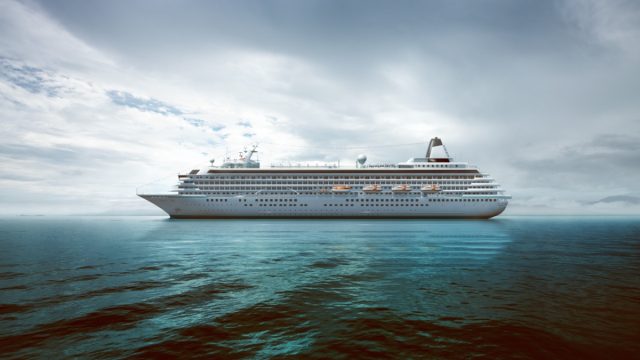
If you’re imagining sailing off into the sunset aboard a giant ocean liner, we’ve got some bad news for you. Cruises aren’t always the dream they seem to be. In fact, many ships are hiding some horrifying secrets. (Hint: Don’t touch the dishes, or silverware, or anything in the buffet, actually.) From revolting cabin bathrooms to onboard sicknesses that spread like wildfire, here are the most awful true tales from the high seas. After all, you never know what’s lurking below deck.
1
They make you gain a ton of weight.
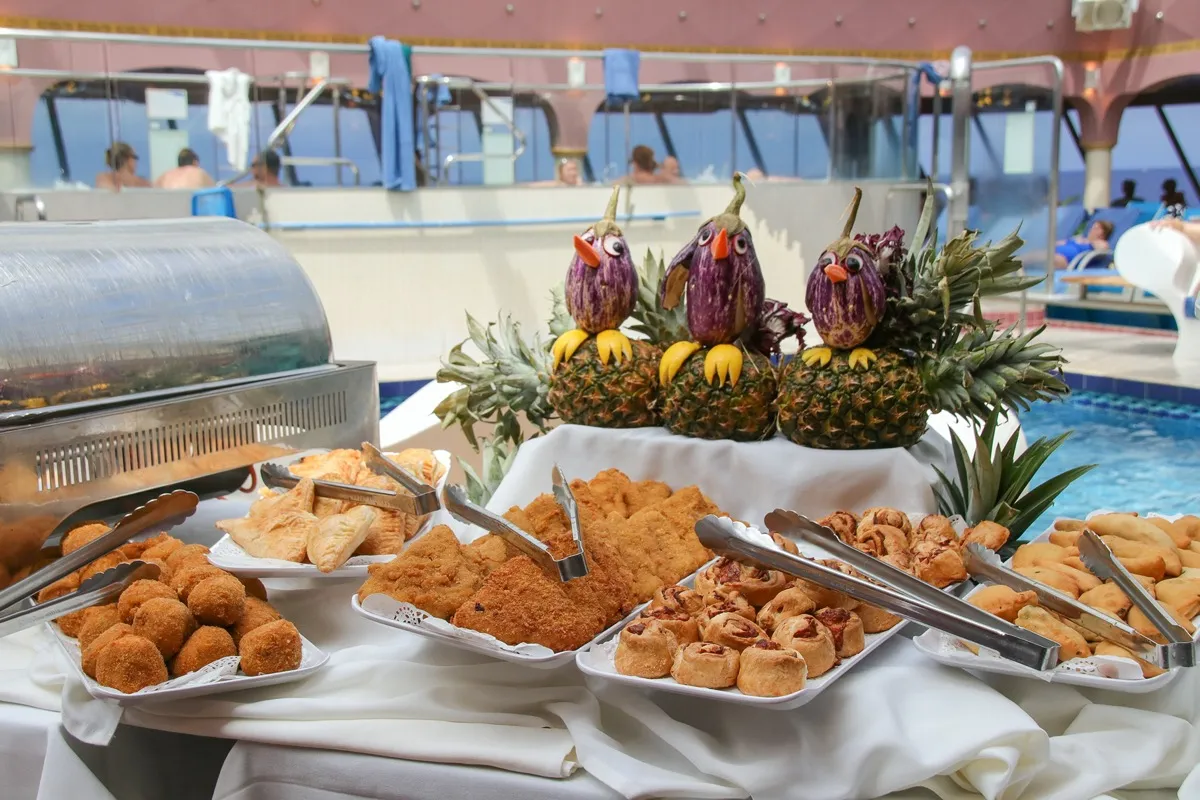
Well, not actually a ton. But passengers do gain between 5 and 10 pounds on a week-long cruise, according to polls. Blame the buffets or those delicious blended cocktails. Or maybe it’s all that time you spend lounging by the pool or playing the slot machines in the casino.
2
They are disgustingly dirty.
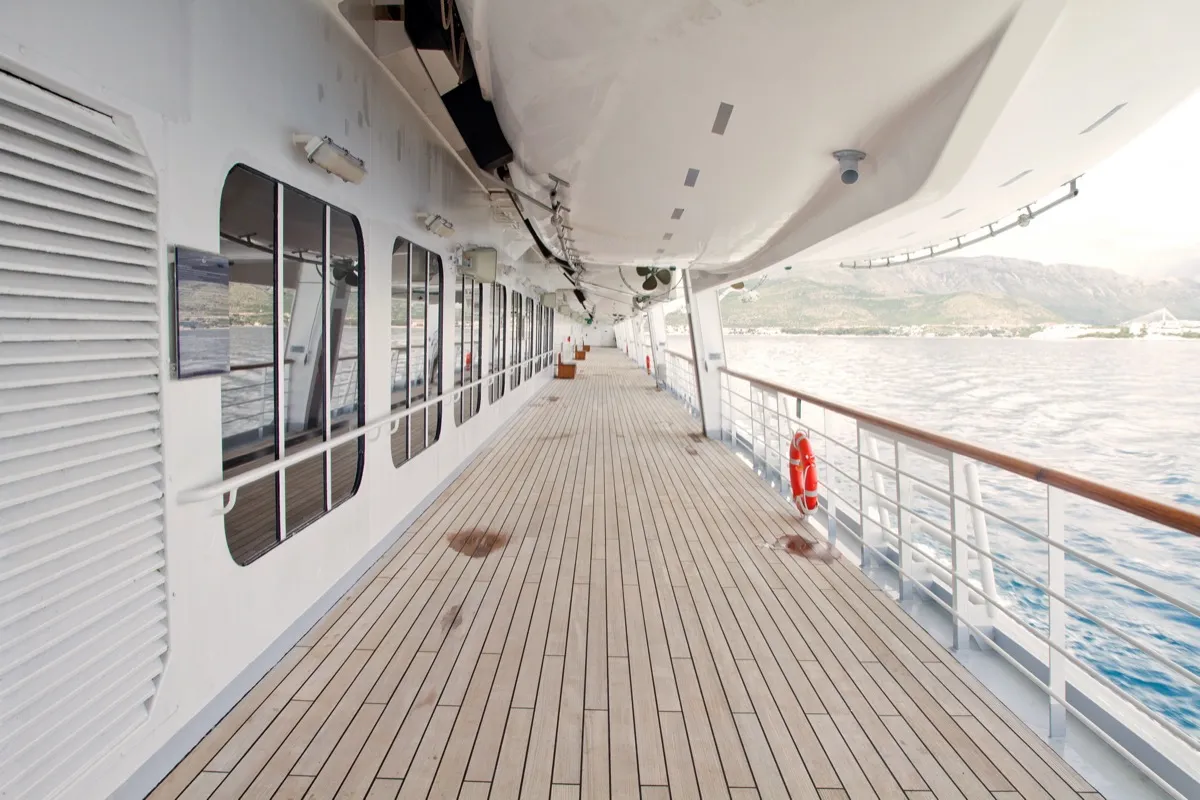
Don’t let the hand sanitizers fool you. According to the Centers for Disease Control and Prevention, cruise lines failed sanitation inspections at their highest rate since the DCD started their guidelines in 1990. In fact, 15 ships failed in 2017, compared with the average failure rate of two to four per year. This included ships from Carnival, Norwegian, and Oceania. Carnival flunked the test again in 2019, citing issues such as brown shower water (EW!), flies around the buffets, and debris in the pools.
3
Their buffet dishes are crawling with germs.
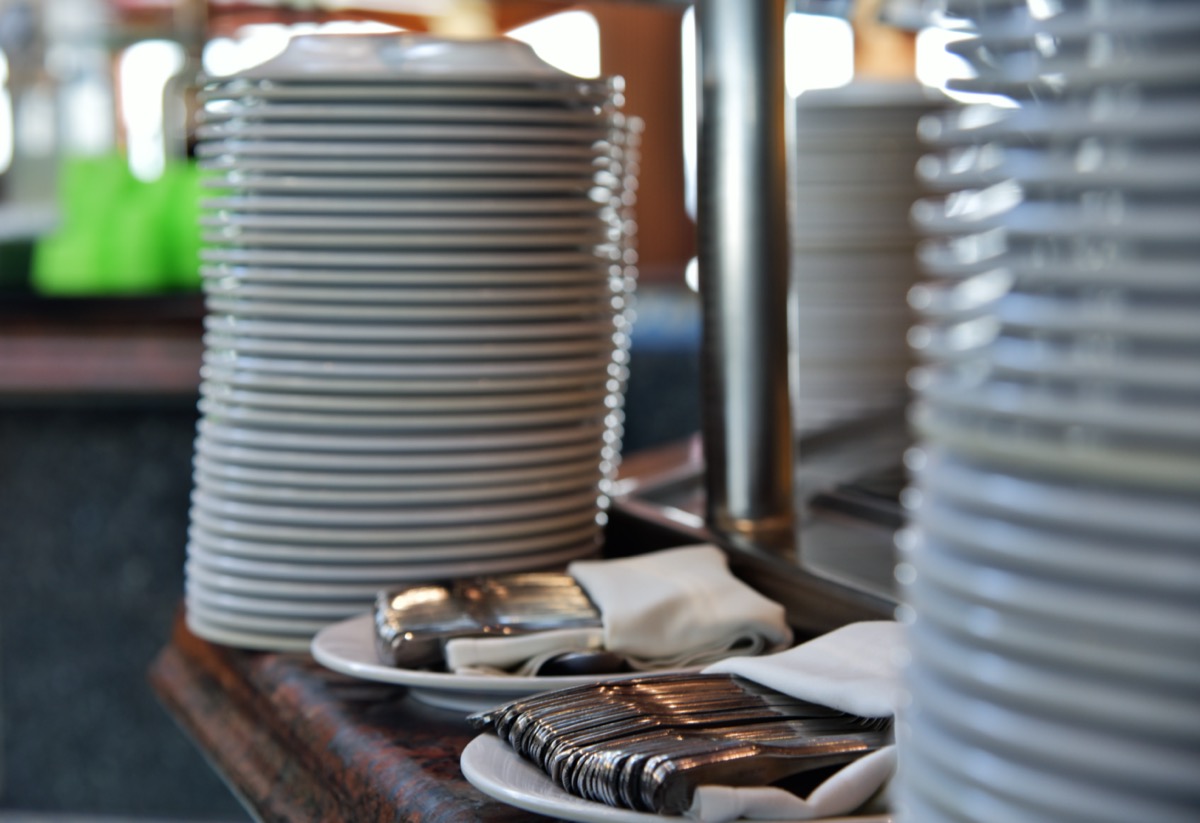
Of all the spots on a cruise ship to be most wary of, it’s the buffet. With thousands of people on board, that’s a lot of mouths to feed three times a day, meaning a massive pile-up of silverware. Although ships have industrial-size dishwashers, let’s be real, not every plate and spoon are going to be sparkling clean. Carnival Fantasy, for example, failed a sanitation report due to “improperly cleaned serving stations” as well as “numerous soiled containers, trays, cups, bowls, food slicers, and silverware.”
4
Their food may not be safe to eat.
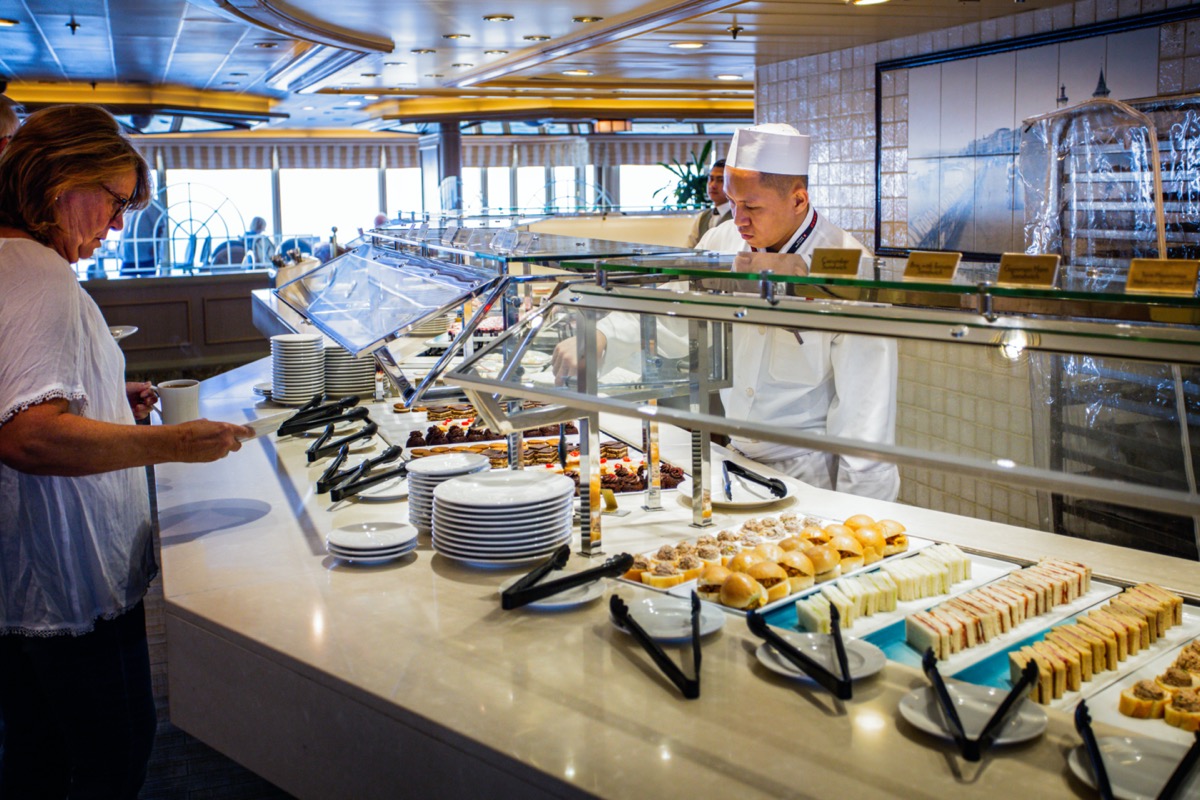
Sure, it’s hard to keep food fresh when you’re in the middle of the ocean. But that doesn’t mean cruises should serve food that could cause illnesses. Unfortunately, it still happens. Take Silversea Cruises, which has repeatedly flunked United States Public Health inspections. In a 2019 report of a Silver Spirit ship, inspectors found dishwashers blocked with food debris, a lack of soap in hand-washing stations, and fish improperly stored with fruit, meat, and cheese. And this isn’t even the worst of it. In 2013, CNN reported that galley workers aboard the Silver Shadow were caught hiding more than 15 trolleys of perishable foods and dirty utensils in crew cabins to avoid health inspections. Yikes!
5
Their toilets overflow often.
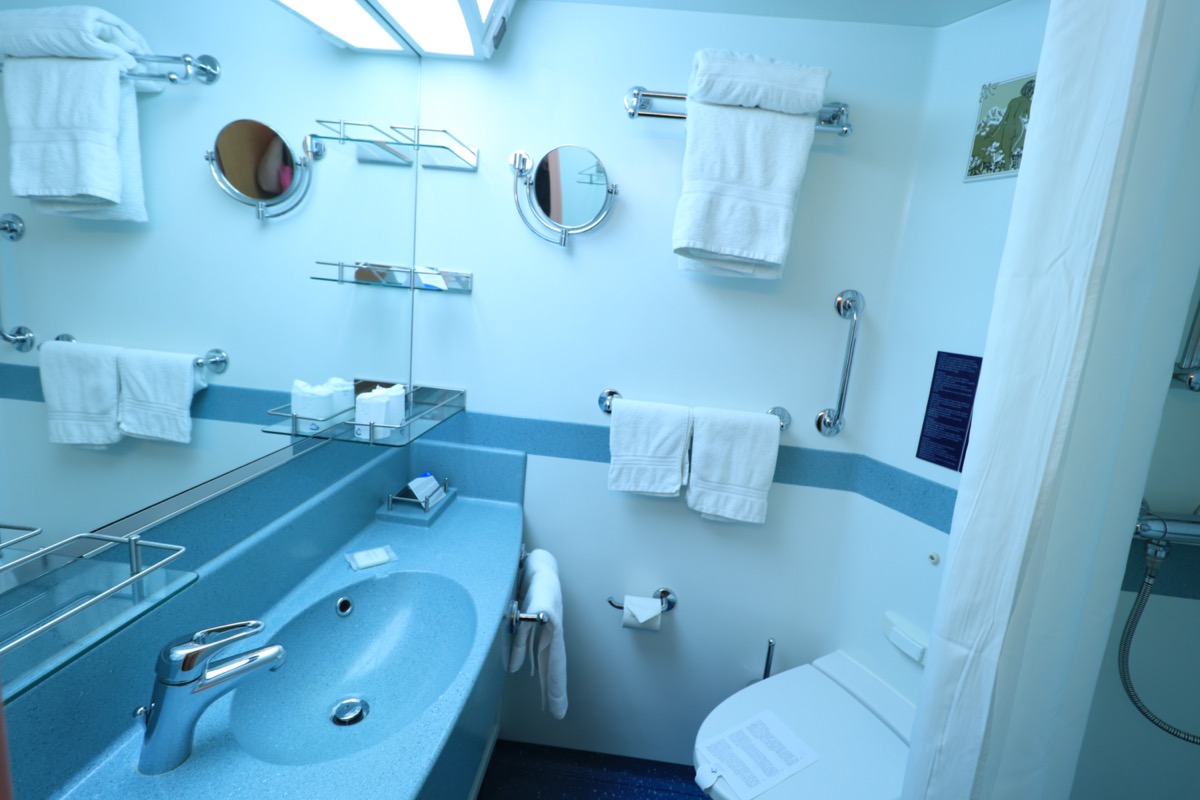
It’s a cruiser’s worst nightmare: an unbearable stench wafts from your cabin bathroom, then water (and who knows what else!) floods underneath the door. Overflowing toilets may seem like a rare occurrence, but you’d be wrong. It happens all the time. In fact, one Cruise Critic reviewer wrote, “During the [Royal Caribbean] cruise, I saw that there were toilet problems in bathrooms across the ship. Guest service only offered a small token credit for the disgusting experience of having the cabin toilet overflow almost daily onto the bathroom floor and having to wait for maintenance come to fix it, then cabin service to sanitize the floor.”
The issue, apparently, is that cruise ship toilets (and most regular toilets, too) aren’t equipped to flush anything except waste or toilet paper, as they use vacuflush systems. Otherwise, you’ll mess up the system for your entire floor until the plumber fixes the system.
6
They leave behind a trail of waste.
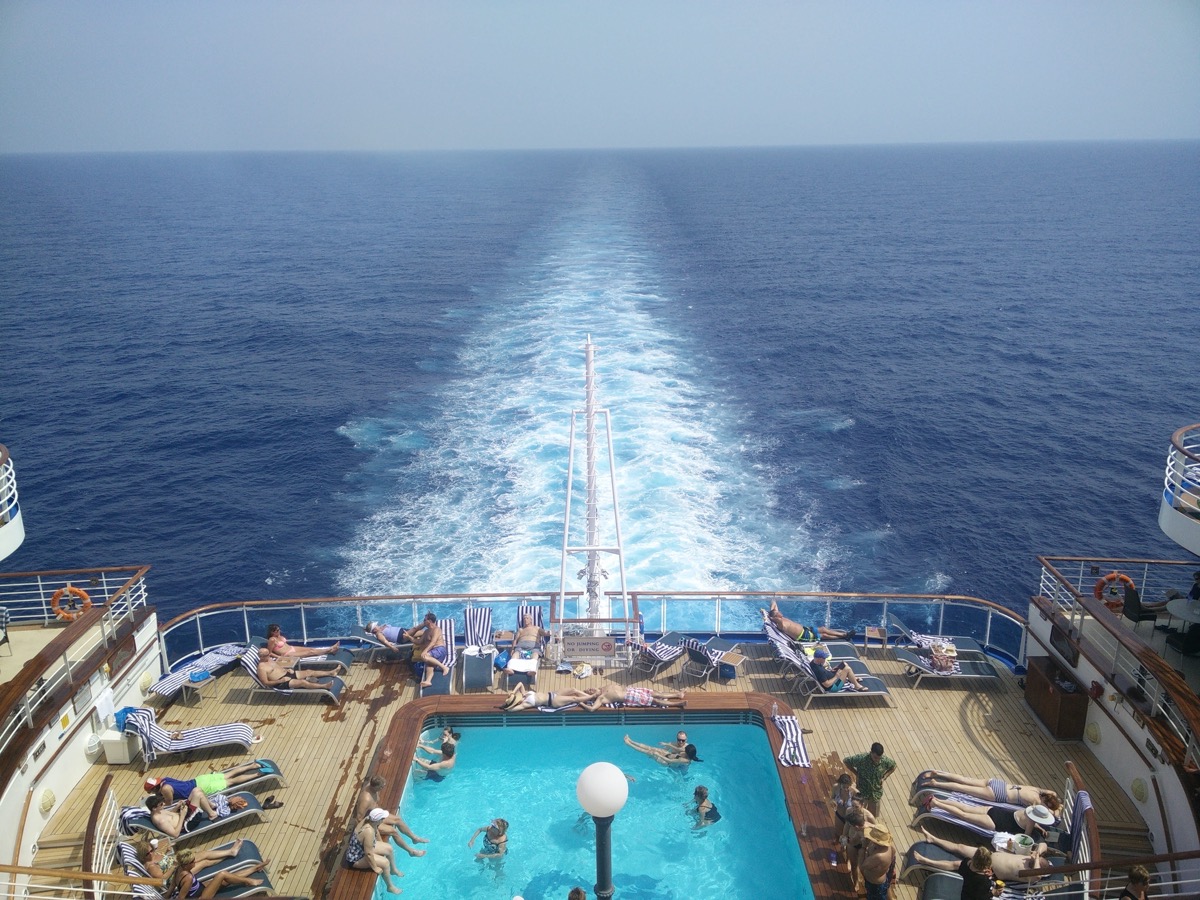
No joke. The average ship creates between 140,000 to 210,000 gallons of sewage weekly, in addition to a million gallons of waste-water weekly from the showers, sinks, and laundry. (That’s a total of more than 1 billion tons of sewage a year!) And where do you think all that gunk goes? Well, it’s dumped directly into the sea. Don’t freak out though. All the sewage is run through a treatment system before discharging, according to the Cruise Lines International Association. And some cruises repurpose all the waste by recycling or converting it into energy.
7
They sometimes have disappearing passengers.
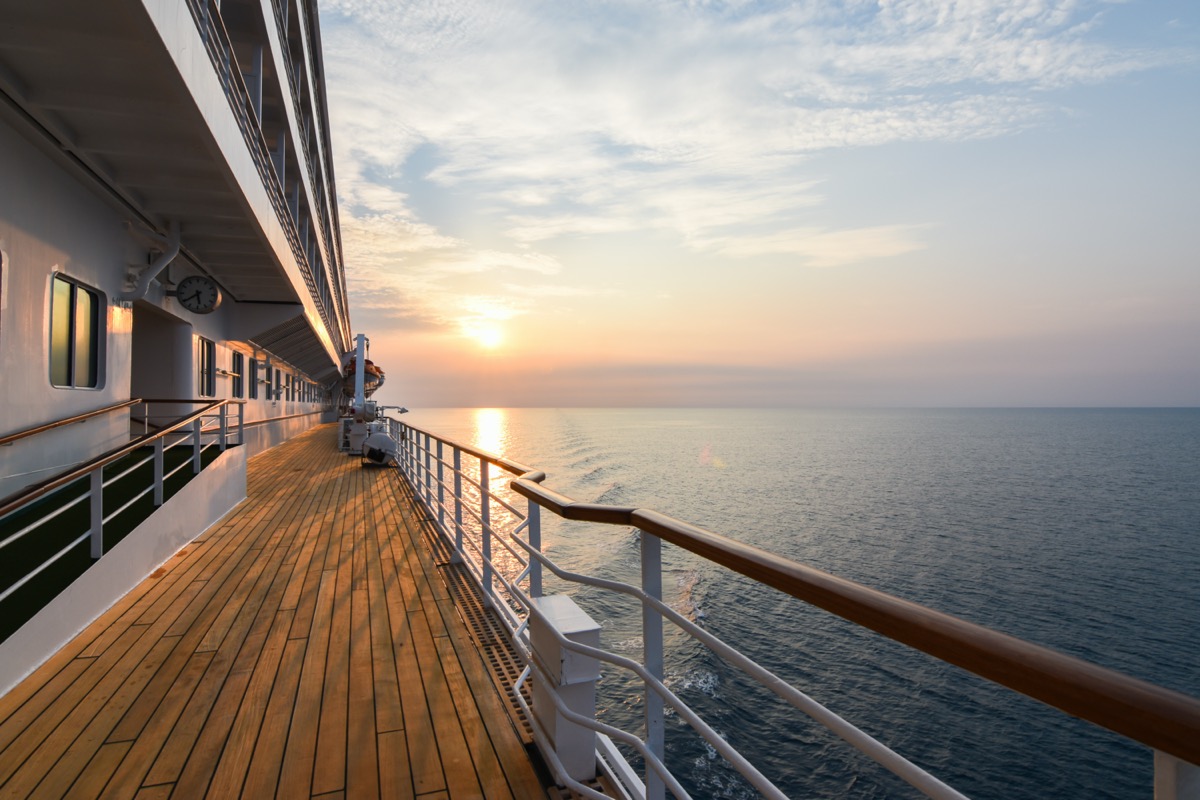
It’s not science fiction—though it may sound like it. Since the year 2000, there have been about 200 reports of cruise ship disappearances (a whopping 23 of those occurred in 2012). According to Ross Klein, author of Cruise Ship Blues, 94 out of the 200 disappearances have happened on Carnival ships. The average age of the vanished passengers has been 44, and they’ve gone overboard typically on the final night of the cruise.
8
They easily spread sickness.
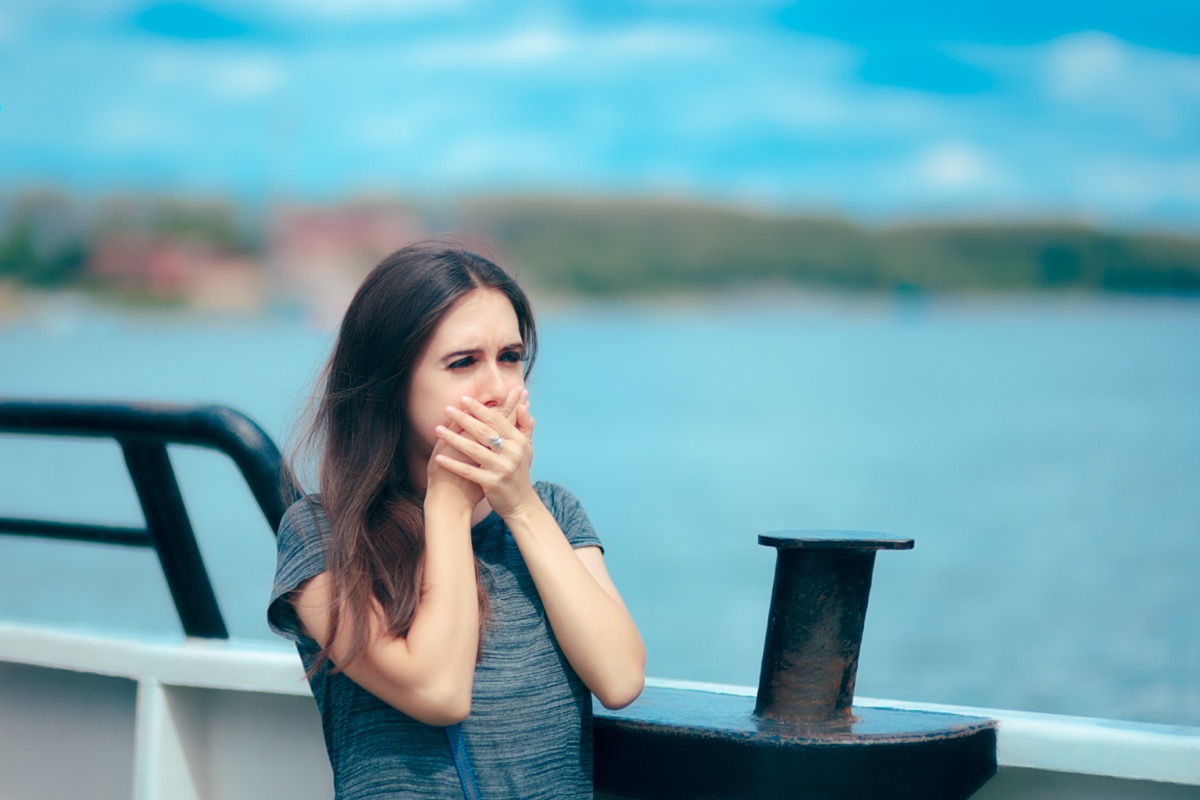
It’s ridiculously easy to spread germs aboard. Recently, more than 300 passengers were vomiting throughout a Caribbean Princess ship, causing the cruise to cut the itinerary short and return to Port Everglades, Florida. And in late November, more than 100 passengers from a Norwegian Joy ship were treated due to a stomach-related illness. According to the Centers for Disease Control and Prevention, norovirus is very contagious—and since it can be transmitted via touch, it’s very easy for one person to spread it around an entire ship.
9
They have onboard morgues.

Don’t open that unmarked door, or you may unwittingly step into the cruise morgue. Nope, it’s not on the official tour, but most large ships have one. Nearly 100 people died on cruise ships arriving in Fort Lauderdale between 2014 and 2017, according to the Broward County Medical Examiner’s Office—and that’s just a fraction of all cruise-reported deaths. (Cruise Critic estimates about three deaths per week.) The onboard morgues can typically store up to three bodies, until the ship reaches an appropriate port. So for example, if you’re sailing through the Caribbean when a passenger dies, that person is kept in the morgue until the ship returns to the United States.
10
They have jail cells.
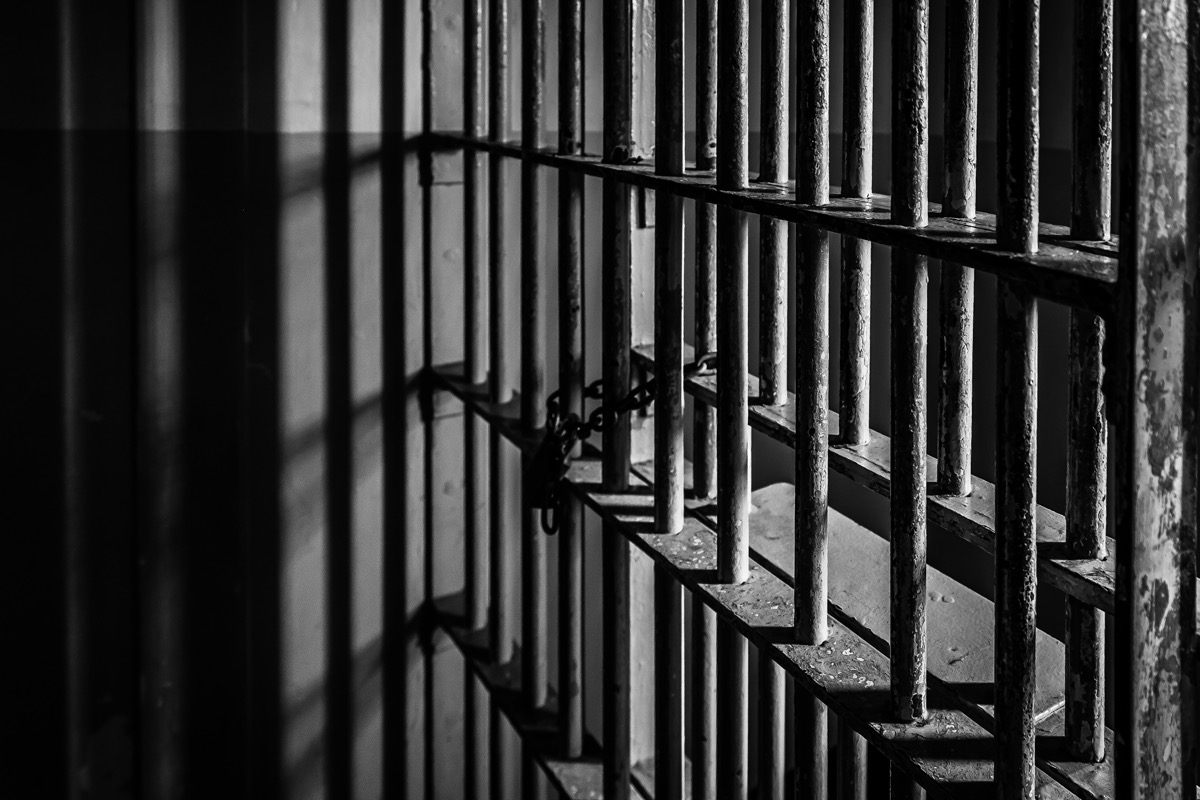
Perhaps it’s next door to the morgue? The prison, otherwise known as “the brig,” is a room where unruly passengers can be locked before they’re delivered to port authorities. Inside the brig, there are usually steel doors reminiscent of prison cells, and passengers who are detained there may be cuffed.
11
They can strand you.
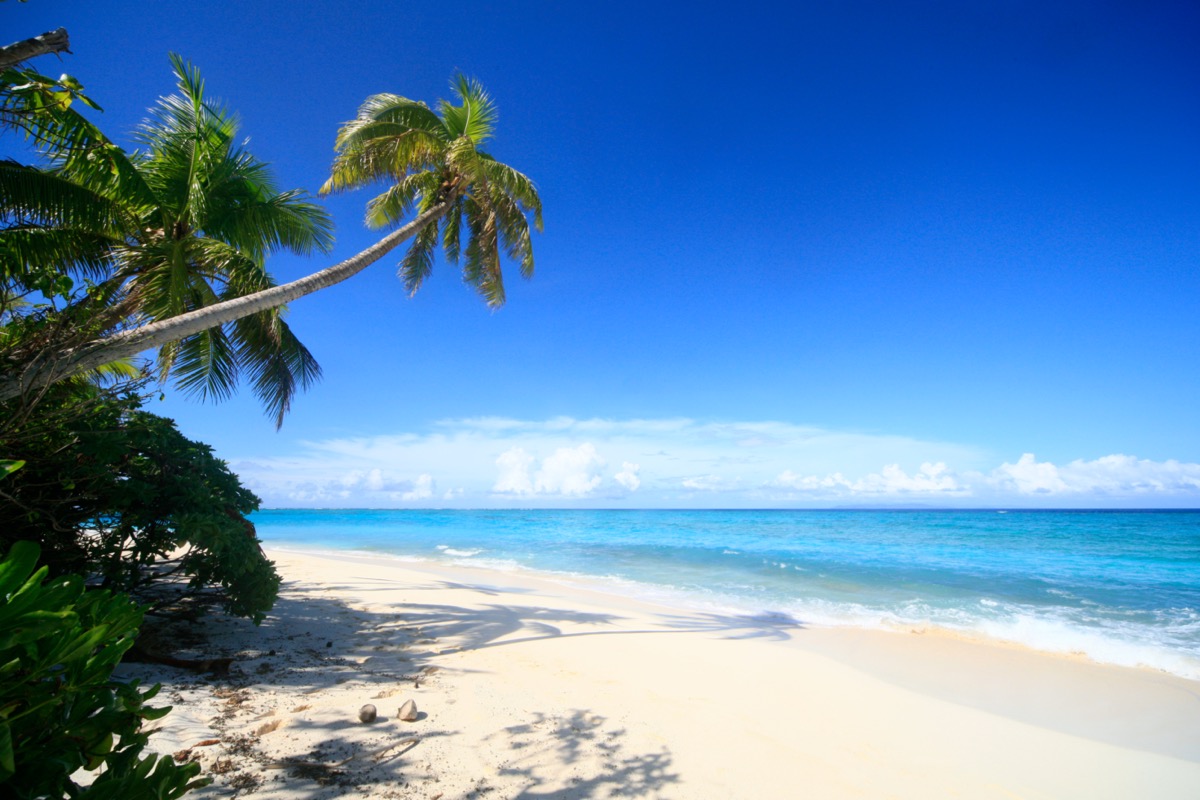
It happens rarely, but it’s happened recently. In March 2019, the Viking Sky sent out a mayday alert after it got stranded off the coast of Norway due to engine problems. Passengers shared videos of furniture sliding through common areas, people falling, and others getting sick. More than 890 people, including passengers and crew, had to be rescued, and 28 went directly to the hospital.
12
They can catch on fire.
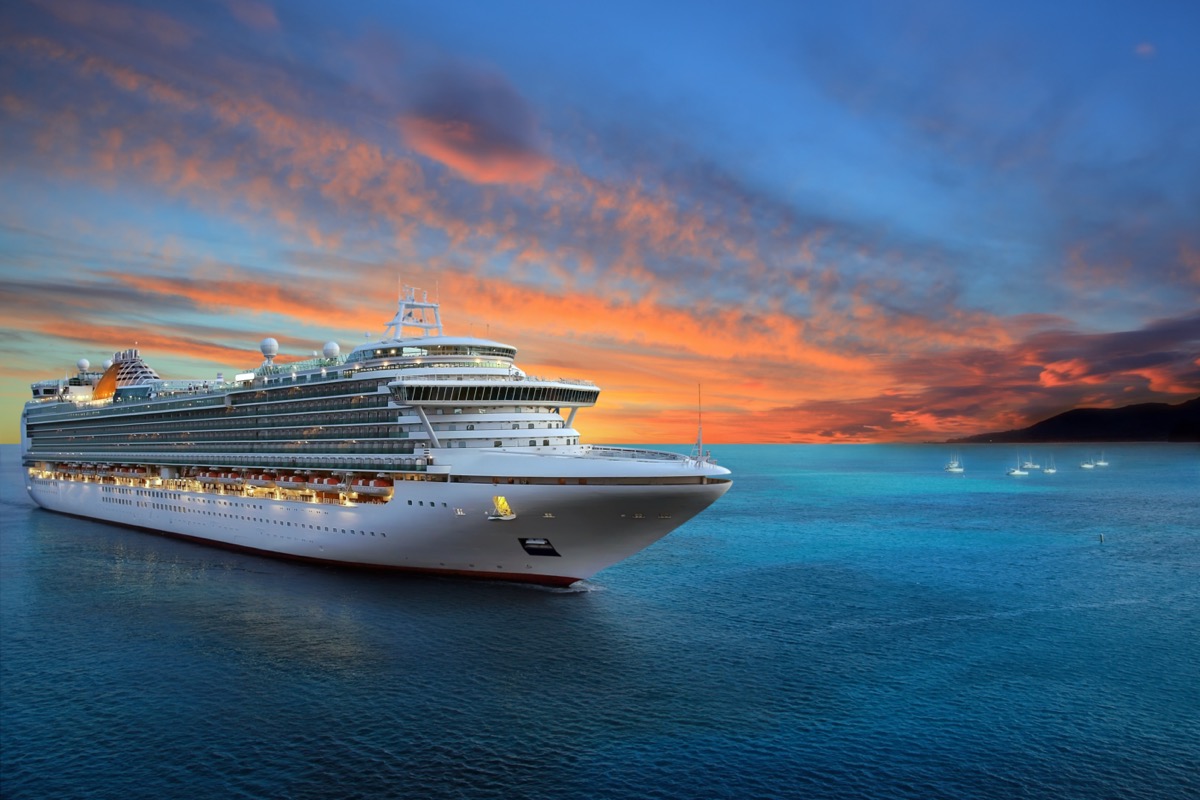
In 2013, Carnival Triumph’s engine caught fire, and the air-conditioning system shut down along with the sewage system. There were 4,200 passengers floating in the Gulf of Mexico with their raw sewage spilling in the hallways. This made the news, but it wasn’t the only time a ship caught on fire. While there’s a severe lack of data on cruise fires, most cruises register their ships overseas and aren’t obligated to report these stats in the United States—it appears that fires aren’t rare. Ross Klein, professor at Memorial University of Newfoundland in Canada, and founder of Cruise Junkie, says there were 79 fires on the ships between 1990 and 2011. But from 2006 on, the number of ship fires doubled from three or four per year to about seven or eight per year.
13
They can be attacked by pirates.
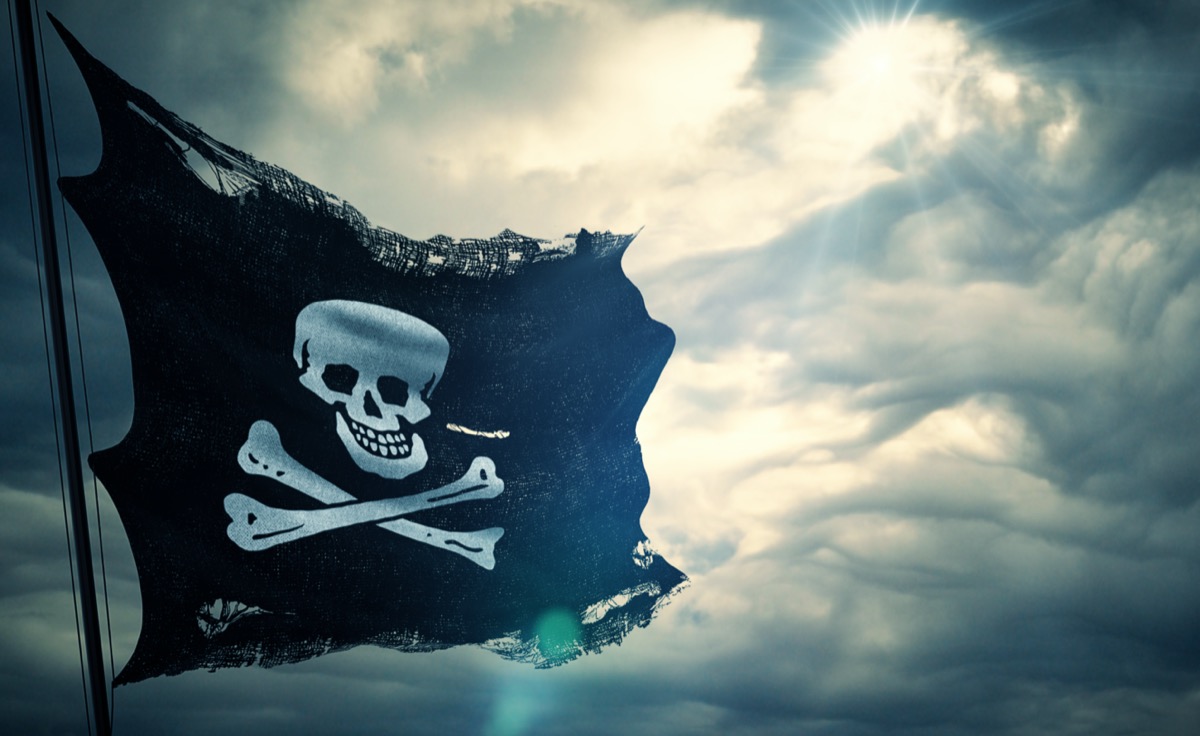
This isn’t a movie—or a drill. The Piracy Reporting Centre of the International Maritime Bureau reported in 2009 that Somalian pirates attacked 214 vessels and hijacked 47 ships (though none of these were cruises). But cruise ships have been in the line of fire. In 2017, Sea Princess passengers leaving from Sydney, Australia, had to keep their lights out and turn off music for 10 evenings to avoid pirate threats.
14
They can also sink.
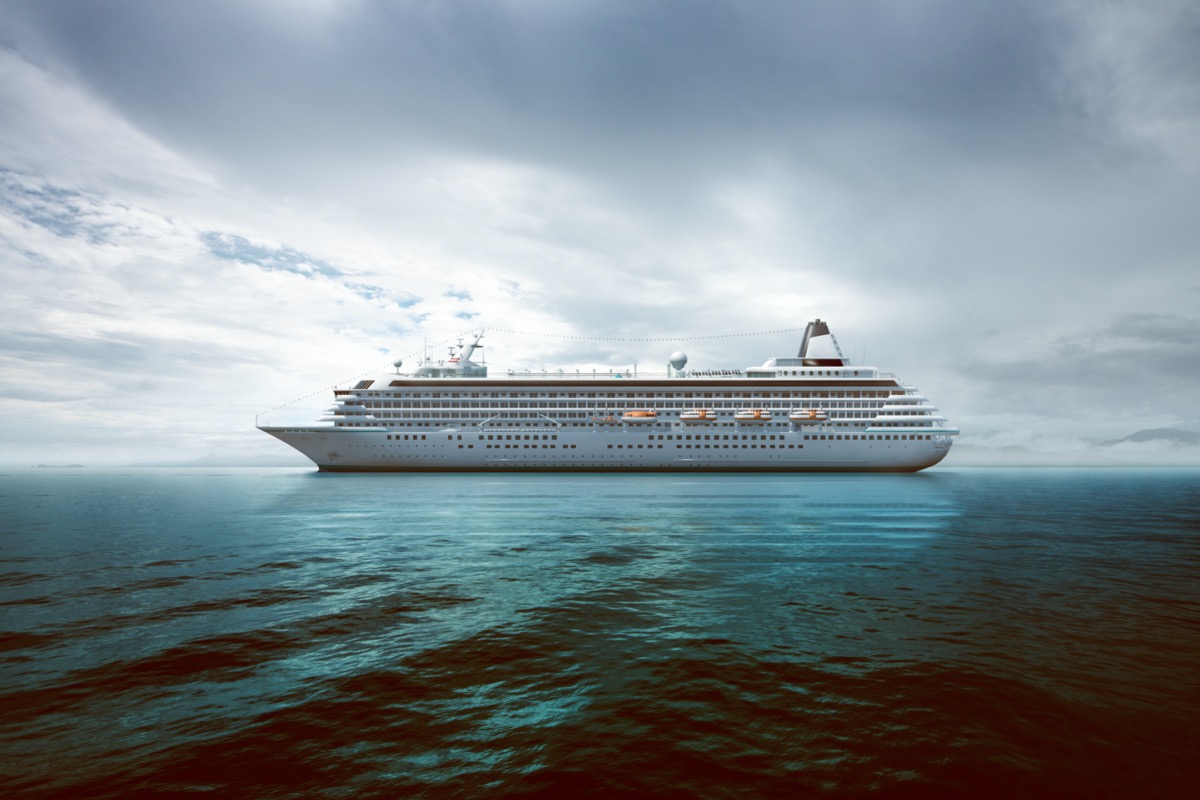
The Titanic wasn’t the first nor the last ship to sink. Icebergs, rocks, and ship malfunctions have all caused ships to go down—though these days, it doesn’t result in many passenger fatalities thanks to surveillance technologies and rescue vessels. From 1980 to 2012, about 16 ships sunk, and most of these were in the Antarctic or in other rough seas. A major one, however, was in 2012 when Costa Concordia hit a rock near Isola del Giglio, Italy, and capsized, killing 32 passengers.
15
They destroy the environment.
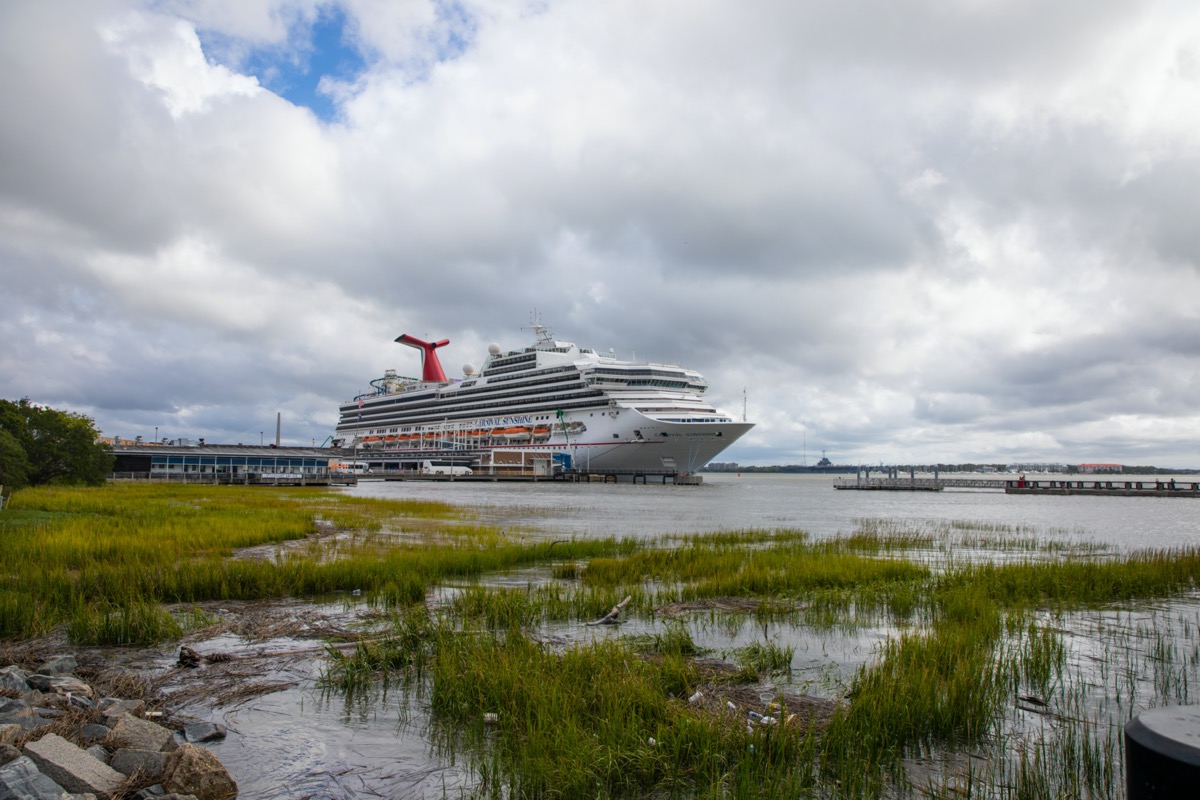
Cruise lines may have replaced plastic straws (#savetheturtles), but they’re still a long way from being good to the environment. Your carbon footprint triples when you’re on a cruise, and the ship itself generates about 15 gallons of hazardous waste daily, according to environmental group, Friends of the Earth. Each year, 100 million gallons of petroleum products drip into the water from the ships. Plus, there are the fumes generated from carrying ships the size of small towns. The Sapphire Princess generates the same amount of sulfur dioxide as 13.1 million cars generate in a day, according to the EPA.
16
They pay crew members very little.
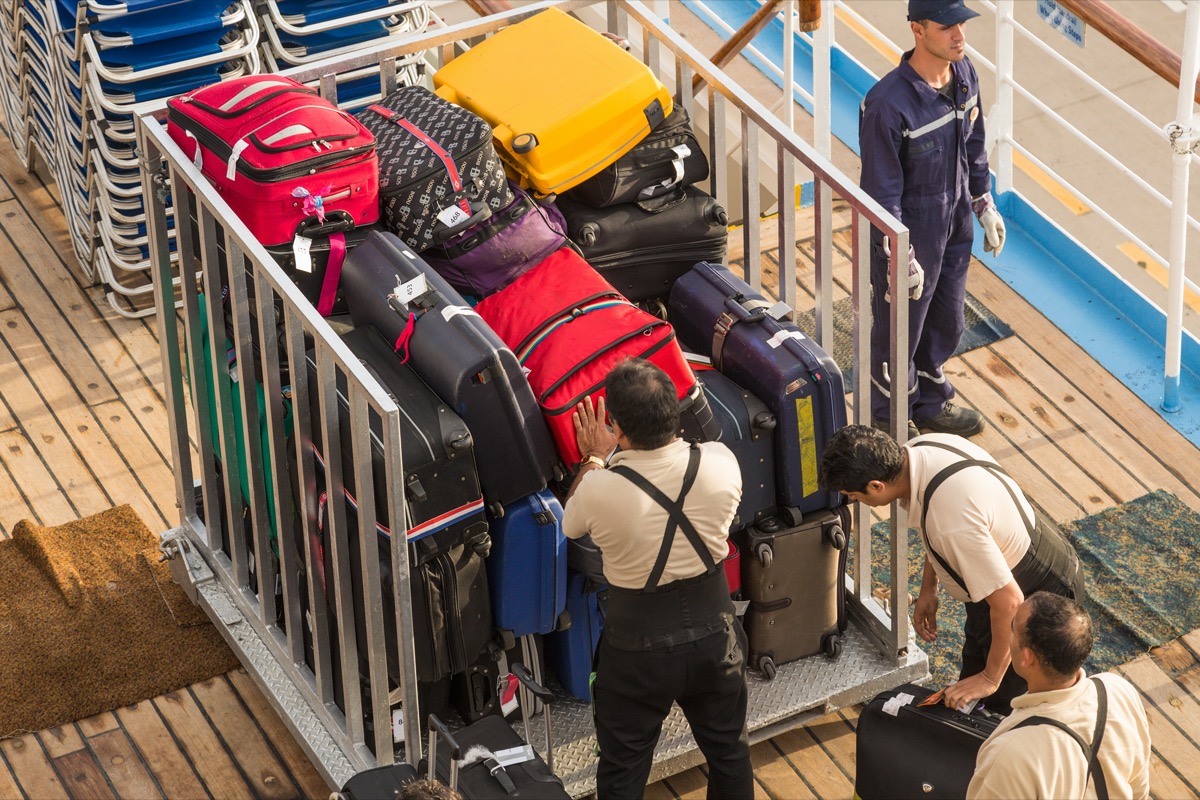
They live on the ship for up to 10 months a year, sharing tiny cabins, and eating lousy food (their meals are much different than guests’ food). But most of the people working on the cruises are paid hourly, earning less than $2,000 per month, according to Business Insider. Their living costs are low since they don’t buy food or pay rent, but they tend to work more hours than a typical worker, so these salaries often equate to $5 or $10 per hour.
17
They overcharge for drinks.
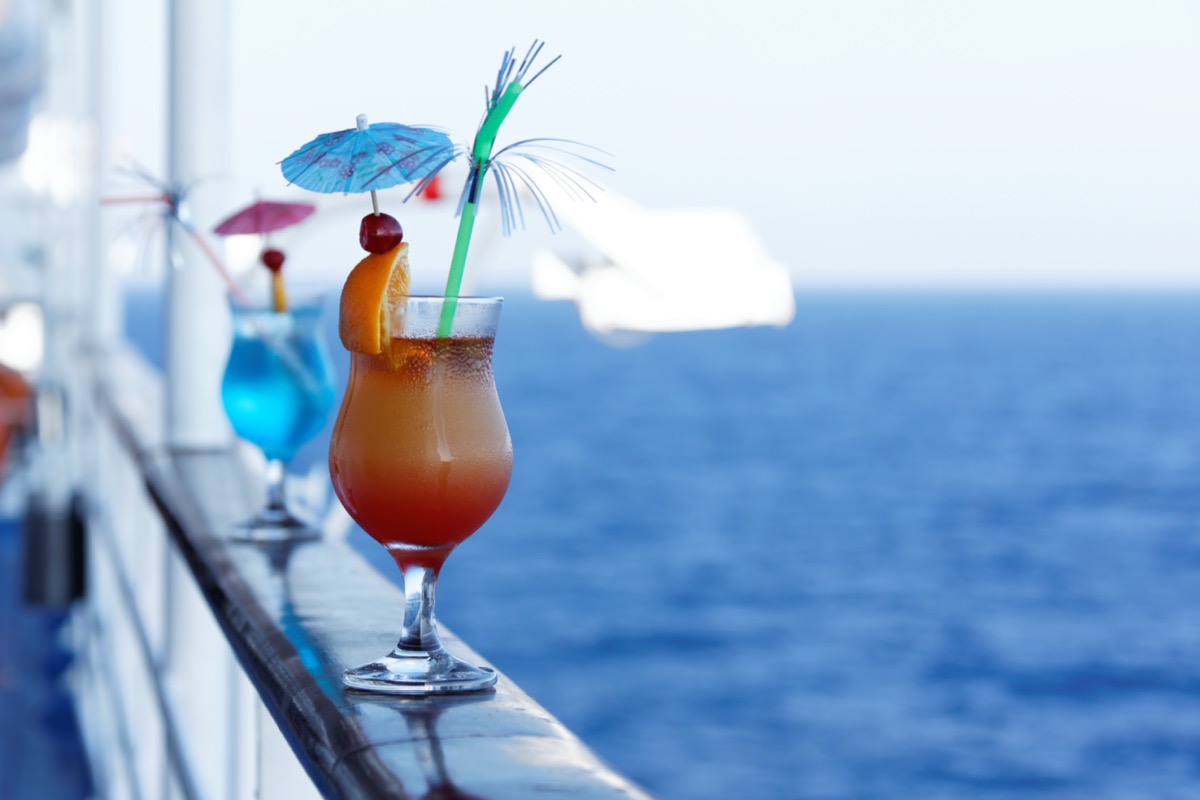
You can purchase an all-you-can-drink package on most cruise lines for unlimited drinks, and these start at around $8 per adult per day for the soda package to $55 per person per day for the standard alcohol package, according to Cruise Critic. But there’s usually a drink maximum even on the unlimited packages of 15 drinks daily, and if you don’t get the drink package, you can expect a markup per drink of about two to three times what you’d pay in a liquor store on land.